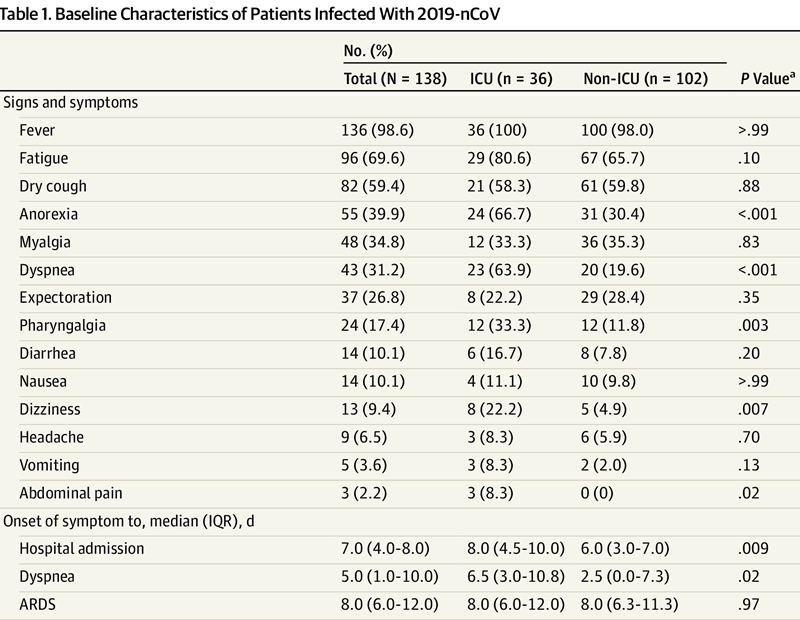The COVID-19 Pandemic in Bangladesh
Is part of the worldwide pandemic of coronavirus disease 2019 (COVID-19) caused by severe acute respiratory syndrome coronavirus 2 (SARS-CoV-2). The virus was confirmed to have spread to Bangladesh in March 2020. The first three known cases were reported on 8 March 2020 by the country's epidemiology institute, IEDCR. Since then, the pandemic has spread day by day over the whole nation and the number of affected people has been increasing.
In order to protect the population, the government declared "lockdown" throughout the nation from 23 March to 30 May and prepared some necessary steps to spread awareness to keep this syndrome away from them.
Infections remained low until the end of March but saw a steep rise in April.
In the week ending on 11 April, new cases in Bangladesh grew by 1,155 percent, the highest in Asia, ahead of Indonesia, with 186 percent.
On 6 May, cases were confirmed in all districts. Rangamati was the last district to report confirmed cases of COVID-19. On 13 June, the number of cases in Bangladesh exceeded the number of cases in China, the country where the outbreak began. Bangladesh reached two grim milestones of 160,000 cases and 2,000 deaths on 5 July and overtook France in terms of the number of cases two days later. The number of recoveries in the country exceeded the number of active cases on 12 July.
Bangladesh is the third most affected country in South Asia, after India and Pakistan.
Medical experts feared that not enough tests were being conducted.
. Newspaper reports and social media continued to report about additional deaths of patients with COVID-19 symptoms. Some of the deceased were treated at COVID-19 isolation centres at hospitals in the districts and others were denied treatment, though no tests were conducted to confirm contagion.
For a long time, testing was centralised to only Institute of Epidemiology, Disease Control and Research (IEDCR) in the capital Dhaka, although patients with symptoms were reported all around the country. On 22 March, Bangladesh declared a 10-day shut down effective from 26 March to 4 April. This was later extended to 30 May.
Besides, Medical-grade Oxygen has been a concern to look at as the present demand for Oxygen in Bangladesh is around 200 tonnes in a day for medical treatment purposes, which has a significant possibility to elevate at an exponential rate everyday, hence, to meet up the potential needs, Bangladesh is required to ready itself, by establishing a demand forecasting model for Medical-grade Oxygen at the earliest with the coordinated efforts of Department of Public Health Engineering (DPHE); and Institute of Epidemiology, Disease Control and Research (IEDCR)..
A series of hotline numbers, email address and the Facebook page of the Institute of Epidemiology, Disease Control and Research (IEDCR) are provided for people to contact if they suspect COVID-19 infection or need more information..
Digital health—or e-Health—is the use of information and communications technology (ICT) to improve health. e-Health innovations are key enablers for achieving and measuring universal health coverage. They can reduce healthcare costs to families, improve equitable access to quality services, efficiently link health systems with social protection programmes, and increase accountability and sustainability of health service delivery.\
By improving its existing e-Health infrastructure and making strategic new investments countries can accelerate progress towards universal health coverage. Properly deployed, e-Health applications can be transformational, particularly in low resource environments, especially when they are harnessed strategically to deliver universal health coverage.
Used for measurement and accountability, e-Health applications can significantly enhance health policy because decisions are made using more reliable and sufficient data in formats and frequencies that ensure better health systems performance.
When countries have little of their own experience to draw on, support from peers elsewhere in the region can be invaluable. The Asia e-Health Information Network (AeHIN) is a crucial peer-to-peer assistance platform to help countries successfully progress towards universal health coverage by harnessing the benefits of e-Health.
https://www.youtube.com/channel/UCLyKlwfGPJEGev5KRmUzjYQ




















